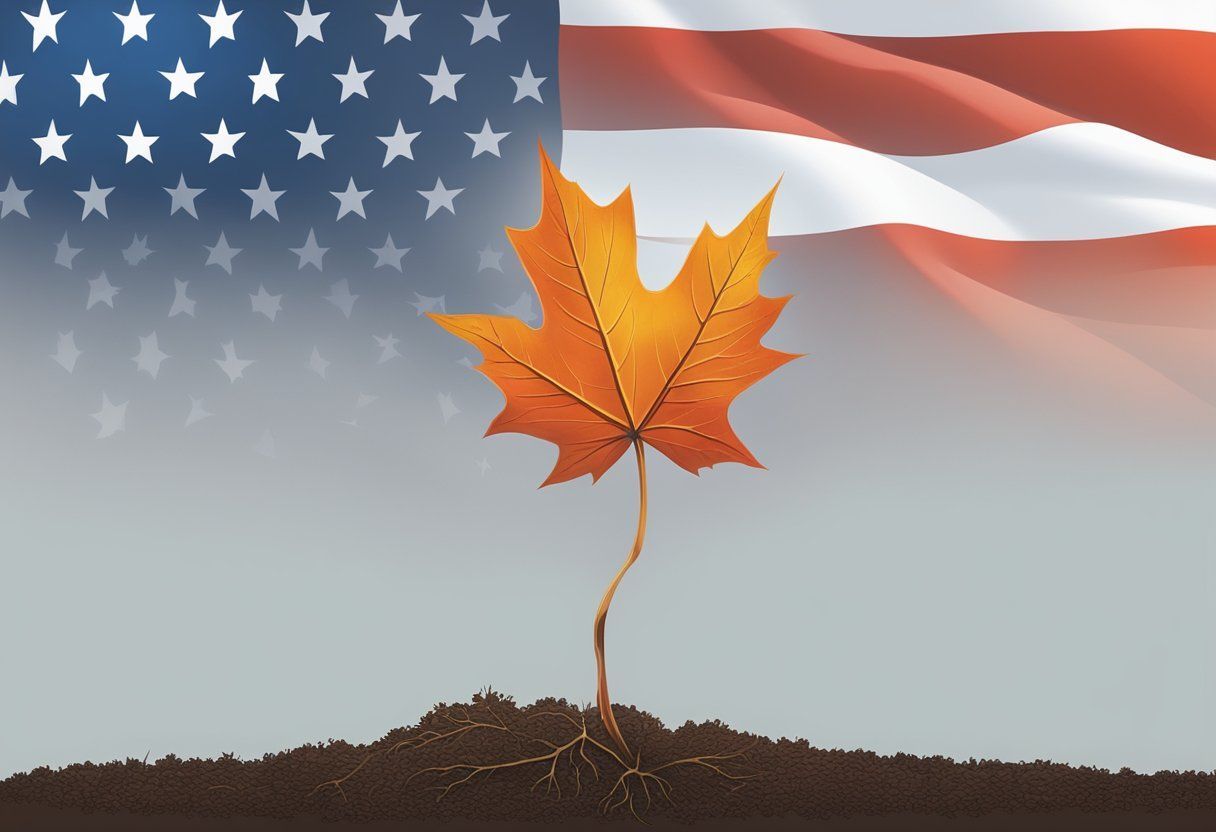5D Memory Crystals Preserve Humanity’s Genome For Billions of Years into the Future
Preserving Humanity’s DNA Blueprint from Extinction?
Scientists have made a groundbreaking achievement in data storage. They’ve inscribed the entire human genome onto a tiny crystal . This “5D memory crystal” is not just any storage device. It’s incredibly tough and can last for billions of years.

The crystal can hold a huge amount of data. It’s made of special glass and uses lasers to store information. The crystal keeps data safe from heat, water, and other threats.
This project aims to preserve human genetic info for the future. The crystal is now kept in a safe place – an old salt mine. It could be a backup plan in case something bad happens to humans.
Key facts about the 5D memory crystal:
• Made of fused quartz glass
• Written with ultra-fast lasers
• Can survive extreme conditions
• Holds 360 terabytes of data
Common Questions about 5D Memory Crystals and Genome Storage
How much data can 5D memory crystals hold?
5D memory crystals can store huge amounts of data in a tiny space. A single crystal the size of a coin could potentially hold hundreds of terabytes of information . This is much more than typical storage devices. The exact capacity depends on factors like crystal size and writing methods.
How do scientists put DNA data into crystal storage?
Scientists use special lasers to write genetic data into the crystal structure. The lasers create tiny changes in the crystal that encode the genome information . These changes represent the DNA sequence. The process is very precise and can store data in 5 “dimensions” within the crystal.
What makes crystal storage good for keeping genetic information?
Some key benefits of 5D crystal storage for genomes include:
- Extremely long lifespan (billions of years)
- Very high data density
- Resistance to environmental damage
- No need for power or maintenance
Can crystal storage keep genetic data safe for a long time?
Yes, 5D memory crystals are designed to last for billions of years without degrading. They can withstand high temperatures and other harsh conditions. This makes them much more durable than typical electronic or biological storage methods. Crystals could potentially preserve the human genome even after humanity is gone.
How do scientists read and write data on these crystals?
Writing data uses ultrafast laser pulses to make nano-scale changes in the crystal structure. Reading uses optical microscopes and polarized light to detect these tiny alterations. Special computer algorithms then decode the stored information. This allows dense data storage in 5 “dimensions” within the crystal.
Are 5D crystals being used to store genomes now?
Scientists have successfully stored the full human genome on a 5D memory crystal. This crystal is now kept in an archive in an Austrian salt mine. While not widely used yet, this shows the technology works for genome storage. More research is ongoing to refine and expand this method.
Building better solutions for better business®




